Comparative Resource and Energy Yield Assessment Procedures (CREYAP) Exercise Part II
Revisions to CREYAP Exercise II data pack
[Published 16 July 2013] Following the closing date for submissions for the CREYAP II exercise, comments were fed back from two participants regarding the reliability of the MERRA data supplied within the data pack. An investigation by the team at RES that developed the exercise data pack has now confirmed that the MERRA data contained an error and has subsequently also called the ground-based reference data supplied in the same data pack into question.
This investigation found an anomaly within the MERRA data at this particular location which, coupled with a suspect period of data from the ground-based reference station, resulted in both datasets yielding similar prediction results. As a result, the error remained undetected.
See the details of the outcomes of the investigation by RES
In addition, in August 2013 an amended data pack was made available for participants of CREYAP II who wished to resubmit results. Updated results will be circulated when the re-analysis of submissions has been completed (foreseen by August 2014).
A number of valuable lessons have been learned from this investigation. In particular, the importance of metadata, the risk associated with handling large datasets and the knock-on effect that a minor error can have on analysis have been highlighted.
You may download the updated and original data packs by completing the form below.
How close do resource assessors get to reality?
A highlight of the workshop was the Comparative Resource and Energy Yield Assessment Procedures (CREYAP) Exercise Part II. 60 teams from 56 organisations in 17 countries carried out a wind speed and energy yield prediction for a wind farm project with the aim of comparing results of different industry standard models and approaches.
Participant’s results were independently compared and contrasted with one another, as well as against real wind farm performance data. The results and lessons for the industry to learn were presented and debated in the concluding session of the workshop.
Many thanks to the following 56 organisations that submitted results:
3E (Belgium); 3TIER (USA); ALTRAN (Spain); ATM-PRO (Belgium); AWS Truepower (USA); Barlovento Recursos Naturales (Spain); BBB Umwelttechnik (Germany); Casa dos Ventos (Brazil); CENER (Spain); China Wind Power Center / CEPRI (China); CIRCE (Spain); CRES (Greece); Deutsche WindGuard (Germany); Digital Engineering (UK); DTU Wind Energy (Denmark); EDF Renewable Energy (USA); Edison (Italy); EMD International (Denmark); ENALLAKTIKI ENERGIAKI (Greece); ENERPARK Inżynieria Wiatrowa (Poland); EREDA (Spain); ESB International (Ireland); Estia (Greece); Etha (Finland); European Weather Consult (Germany); Fichtner (Germany); Fujian Hydro Power (China); GAMESA (Spain); GDF SUEZ (France); IMPSA (Brazil); INOVA Energy (Brazil); International Wind Engineering (Greece); Istos Renewables (Greece); ITOCHU Techno-Solutions (Japan); Kjeller Vindteknikk (Norway); Lahmeyer (Germany); Mainstream (USA); Megajoule (Portugal); Meteodyn (France); Mott MacDonald (UK); MS Techno (China); NREL (USA); Natural Power (UK); North China Electric Power University (China); Prevailing (UK); REpower Systems (Germany); RES Ltd. (UK); RSE S.p.A. (Italy); SgurrEnergy (UK); The Wind Consultancy Service (UK); Tractebel Engineering (Belgium); Wind Energy Corporation (Japan); Wind Prospect (UK); WIND-consult (Germany); WindSim (Norway); Winwind (Finland)
Exercise description
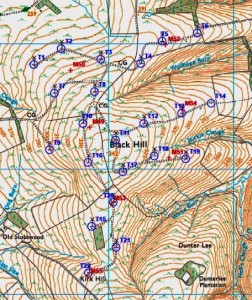 This exercise builds on the first CREYAP exercise performed for the 2011 EWEA Wind Resource Assessment Technology Workshop: 36 organisations analysed and reported, amongst other information, the measured wind climate and net energy yield for a 14 turbine wind farm. Inputs included site measured data, terrain and layout data, and a range of simplified assumptions that were to be applied. Participants’ results were independently collated and compared on a relative basis. Download the presentation of the results from the 2011 CREYAP Exercise Part I.
This exercise builds on the first CREYAP exercise performed for the 2011 EWEA Wind Resource Assessment Technology Workshop: 36 organisations analysed and reported, amongst other information, the measured wind climate and net energy yield for a 14 turbine wind farm. Inputs included site measured data, terrain and layout data, and a range of simplified assumptions that were to be applied. Participants’ results were independently collated and compared on a relative basis. Download the presentation of the results from the 2011 CREYAP Exercise Part I.
The CREYAP Exercise Part II builds on the previous exercise by providing a wider range of inputs, including roughness information, a choice of reference data, and a comprehensive site assessment measurement campaign designed to improve the spatial resolution of the site measured data. In addition to this, participants’ results were independently analysed and compared with wind farm production data from the site analysed in this case study. To enable the comparison to be undertaken the long term estimate of actual performance of the wind farm was derived from production data taken from early 2007 until the present day and normalised to an overall availability (turbine, grid, & balance of plant) of 96.8%.
It should be noted that all digital data supplied with this package are under licence and once used for the purposes of this study should be deleted and not used for any other purpose.
EWEA wishes to thank the parties that have made both comparison exercises possible:
- Renewable Energy Systems Ltd. for providing the data and preparing the data pack;
- DTU Wind Energy for the analysis and presentation of the results.
These leading companies exhibited at the workshop:
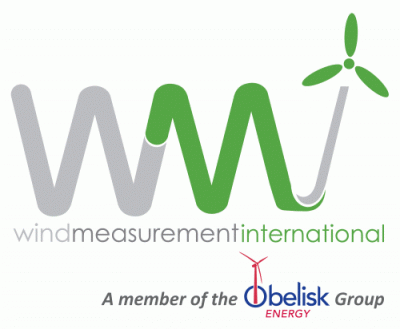 |
 |
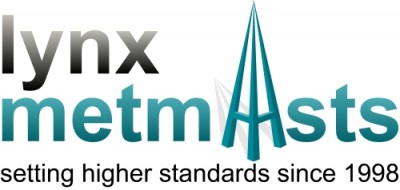 |
 |
 |
 |
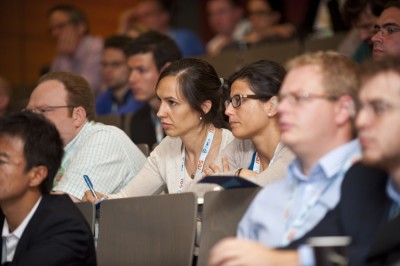
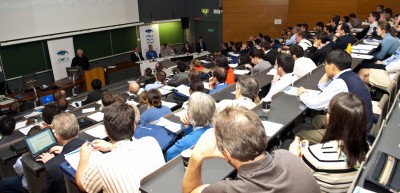

Follow EWEA on: